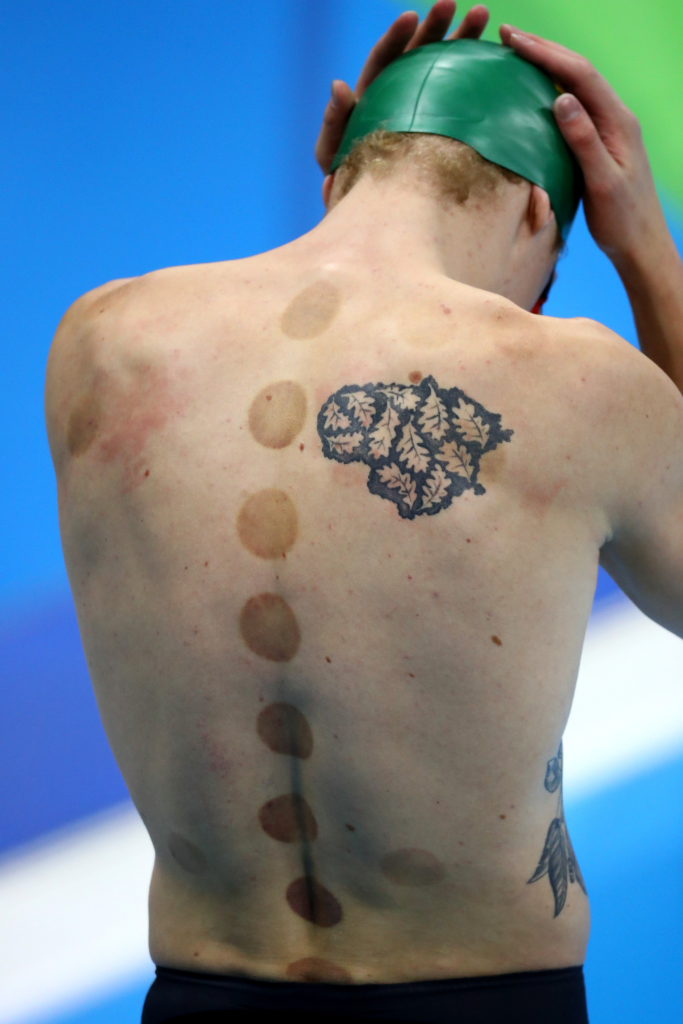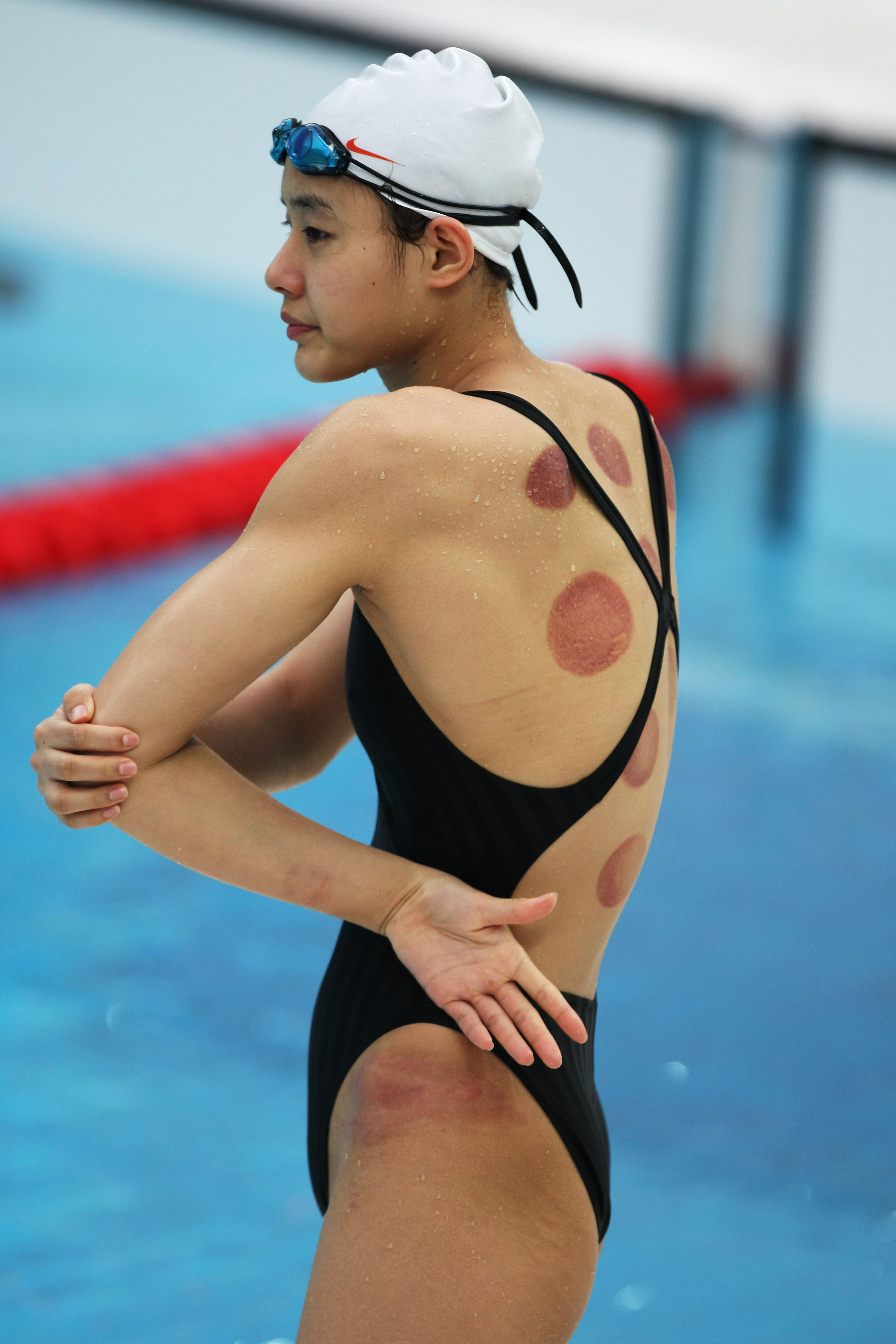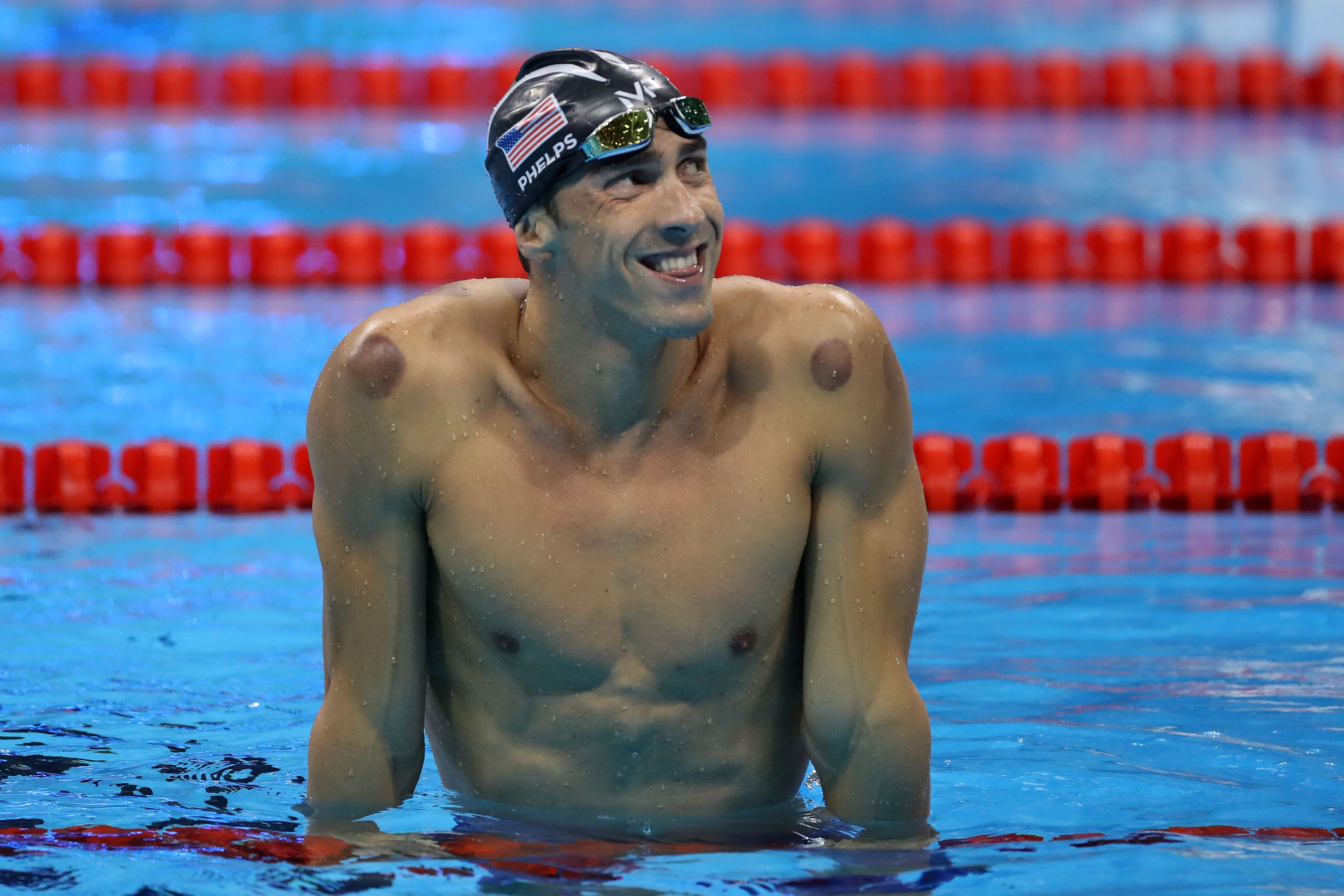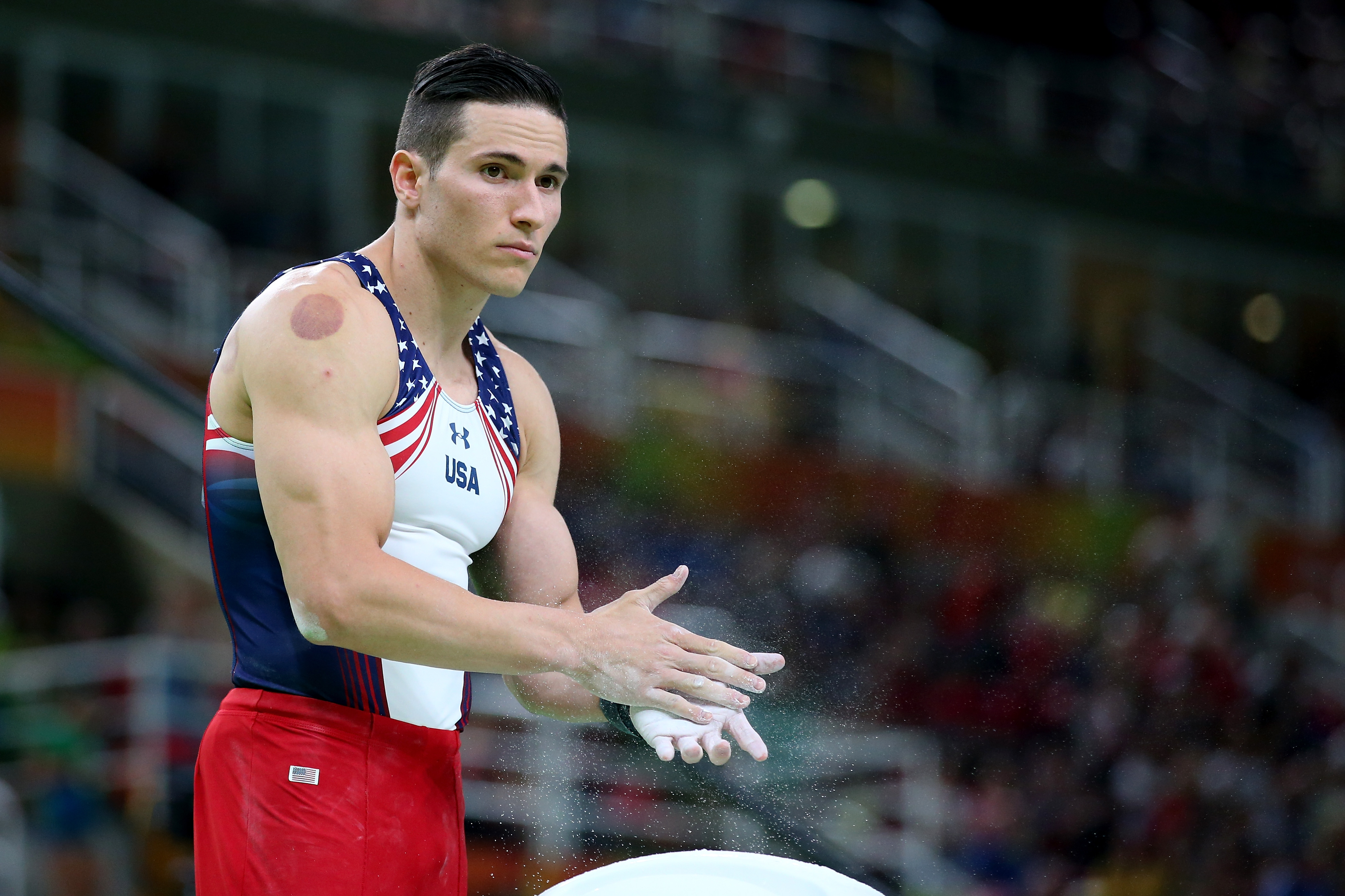The Paris 2024 Olympics commenced with a dazzling display along the Seine River on July 27, 2024. As fans eagerly watched the games unfold, they may have noticed something peculiar on many of the athletes’ bodies: large, dark red circular marks. This isn’t a new phenomenon – these marks have been visible on athletes in past Olympics, too, including icons like Michael Phelps. But what exactly are these distinctive red circles, and why do athletes from various sports seem so keen on them? Let’s explore the world of cupping therapy, the ancient technique that’s leaving its mark on today’s top athletes.
The Paris 2024 Olympics: A New Chapter in an Ancient Practice

In addition to the excitement of the games themselves, the sight of athletes with these red marks has once again sparked curiosity among spectators. The 6,800 athletes from 205 countries competing in Paris have brought not just their athletic prowess but also their unique recovery methods, including the mysterious circular spots many sport. These marks are the result of cupping therapy, a technique that has found a place in modern sports medicine.
The practice of cupping dates back thousands of years, rooted in ancient Chinese medicine and used by cultures around the world. Today, it’s embraced by athletes for its potential benefits, which include pain relief, muscle relaxation, and enhanced circulation. The visible red marks are temporary and painless, although they appear dramatic – a stark testament to the lengths athletes will go to optimize their performance and recovery.
What Is Cupping Therapy? The Science and Tradition Behind the Marks
Cupping therapy involves placing specialized cups on the skin and creating suction to pull the skin and underlying tissues. This suction can be created using heat (by briefly heating the cup before placing it on the skin) or air (using a pump). Once applied, the cups create a vacuum that draws blood to the targeted area, promoting circulation and, according to some practitioners, drawing out toxins.
Traditionally, cupping has been used to address various ailments, from muscle stiffness and respiratory issues to more complex conditions like inflammation. Some believe that by enhancing blood flow to specific areas, cupping helps the body repair damaged tissues, reduces pain, and aids in overall recovery. The visible marks, which look like bruises, are simply the result of blood being pulled to the surface of the skin and typically fade within a few days.
Olympic Athletes and the Cupping Craze
Michael Phelps brought widespread attention to cupping at the 2016 Rio Olympics. When he stepped out with those noticeable red spots, fans and media alike were curious. Phelps became an inadvertent spokesperson for the therapy, which he credited as an essential part of his recovery routine. Since then, many other athletes, from swimmers to gymnasts and even NBA players, have adopted cupping therapy.
Athletes like Phelps find cupping beneficial for relieving soreness in their muscles after intense training sessions. High-level athletic training requires recovery methods that can keep up with demanding schedules, and cupping has become a go-to for many due to its reputation for aiding in quicker recovery. Athletes also report that it helps with injury prevention, which is critical for maintaining peak performance throughout an Olympic season.
Cupping Techniques: The Different Types of Cups and Methods
While modern cupping is often performed with glass or plastic cups, traditional methods sometimes use bamboo or earthenware cups. There are various types of cupping as well, each with slightly different applications:
- Dry Cupping: This is the most common form, where the cups are placed on the skin and left to sit for a set time to create suction.
- Wet Cupping: Also known as “Hijama,” this method involves making small incisions on the skin before applying the cups, allowing a small amount of blood to be drawn out. This is believed by some to help remove toxins from the body.
- Massage Cupping: This technique involves moving the cups across the skin to massage the muscles, often used to relieve tension in specific areas.

Cupping sessions typically last between 10 to 15 minutes, and the marks left behind can last for a week or more, depending on the individual’s skin type and the suction’s intensity.
Celebrity Endorsement: Cupping Beyond the Olympics
Athletes aren’t the only ones turning to cupping for its benefits. Celebrities like Jennifer Aniston and Gwyneth Paltrow have also popularized the therapy. Jennifer Aniston showed up at the premiere of Call Me Crazy in 2013 with cupping marks visible on her back, sparking media buzz about the wellness trend. Gwyneth Paltrow, an early adopter of alternative therapies, displayed her own cupping marks at the Anchorman premiere in 2004, bringing attention to the ancient practice long before it was mainstream.
For many, cupping fits into a broader wellness regimen that includes practices like acupuncture, yoga, and holistic medicine. Its visibility among celebrities has only increased its appeal, making it a sought-after therapy for individuals looking to incorporate ancient practices into their modern wellness routines.
Cupping and Modern Science: Does It Really Work?

While cupping has a loyal following, its effectiveness is a subject of debate. Some studies suggest that it can help with pain relief, muscle recovery, and circulation, while others indicate that the benefits might be largely placebo-based. However, the perceived positive effects and testimonies from athletes and celebrities have contributed to its popularity.
Researchers suggest that any relief from cupping likely comes from increased blood flow and the body’s natural response to minor tissue damage. For many, it’s an effective complement to more conventional treatments. Whether cupping delivers on all its promises, the fact remains that it’s a trusted part of many athletes’ recovery routines – and for them, the results speak for themselves.
Conclusion: The Lasting Appeal of Cupping Therapy in Sports and Beyond

In a world that’s increasingly drawn to both performance-enhancing techniques and alternative medicine, cupping therapy has carved out a unique niche. From the Olympic pools to Hollywood premieres, the red marks that it leaves have become symbols of commitment to wellness and performance. While cupping’s exact benefits might be a topic of scientific debate, there’s no denying its impact on the athletes and celebrities who swear by it.
As the Paris 2024 Olympics continue, we’re reminded that sometimes the old ways endure for a reason. Cupping therapy, with its ancient origins, finds new life in the 21st century as athletes pursue every possible edge in performance. Whether for recovery, relaxation, or the feeling of stepping into a centuries-old tradition, cupping continues to be an enduring – and visible – part of modern sports.